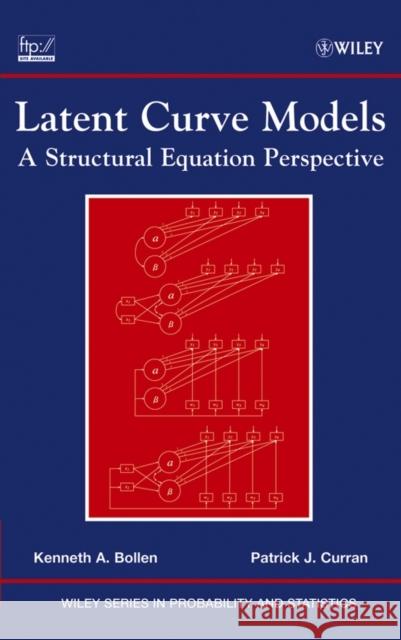Latent Curve Models: A Structural Equation Perspective » książka
Latent Curve Models: A Structural Equation Perspective
ISBN-13: 9780471455929 / Angielski / Twarda / 2005 / 312 str.
An effective technique for data analysis in the social sciences
The recent explosion in longitudinal data in the social sciences highlights the need for this timely publication. Latent Curve Models: A Structural Equation Perspective provides an effective technique to analyze latent curve models (LCMs). This type of data features random intercepts and slopes that permit each case in a sample to have a different trajectory over time. Furthermore, researchers can include variables to predict the parameters governing these trajectories.
The authors synthesize a vast amount of research and findings and, at the same time, provide original results. The book analyzes LCMs from the perspective of structural equation models (SEMs) with latent variables. While the authors discuss simple regression-based procedures that are useful in the early stages of LCMs, most of the presentation uses SEMs as a driving tool. This cutting-edge work includes some of the authors' recent work on the autoregressive latent trajectory model, suggests new models for method factors in multiple indicators, discusses repeated latent variable models, and establishes the identification of a variety of LCMs.
This text has been thoroughly class-tested and makes extensive use of pedagogical tools to aid readers in mastering and applying LCMs quickly and easily to their own data sets. Key features include: Chapter introductions and summaries that provide a quick overview of highlightsEmpirical examples provided throughout that allow readers to test their newly found knowledge and discover practical applicationsConclusions at the end of each chapter that stress the essential points that readers need to understand for advancement to more sophisticated topicsExtensive footnoting that points the way to the primary literature for more information on particular topics
With its emphasis on modeling and the use of numerous examples, this is an excellent book for graduate courses in latent trajectory models as well as a supplemental text for courses in structural modeling. This book is an excellent aid and reference for researchers in quantitative social and behavioral sciences who need to analyze longitudinal data.











